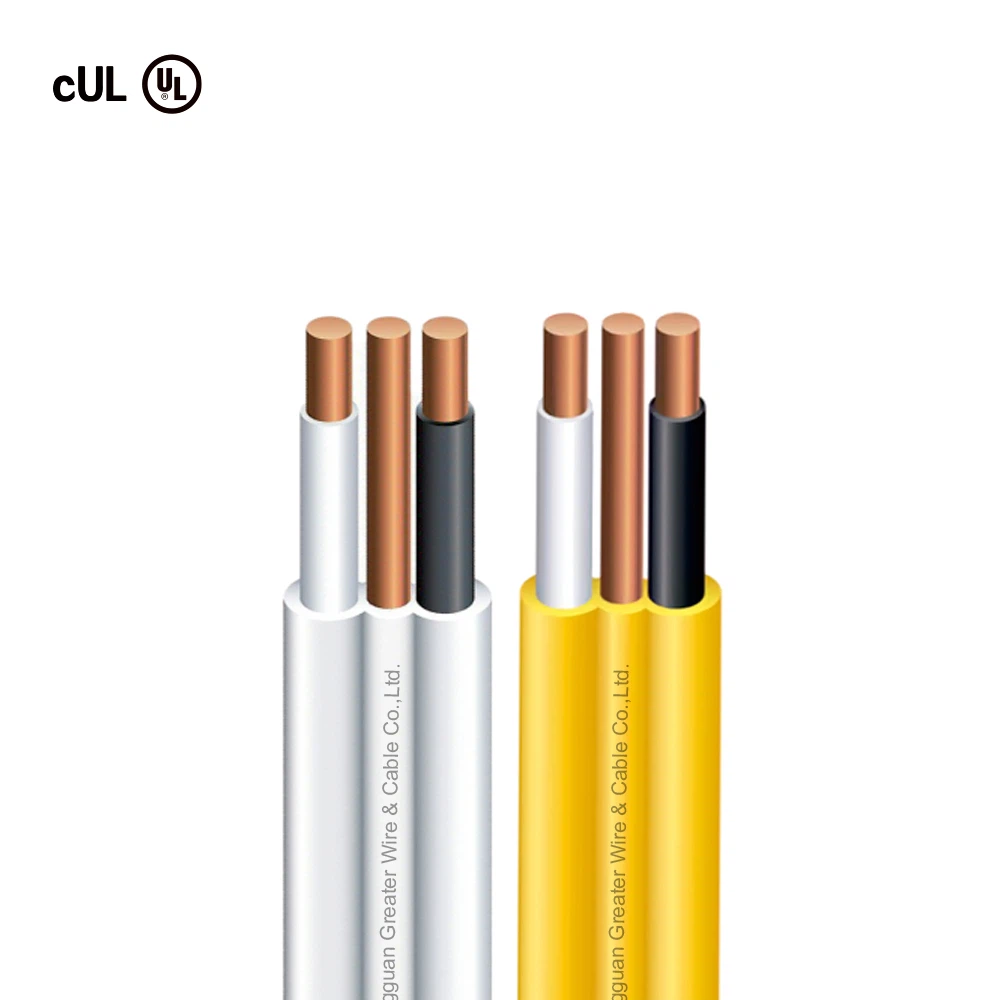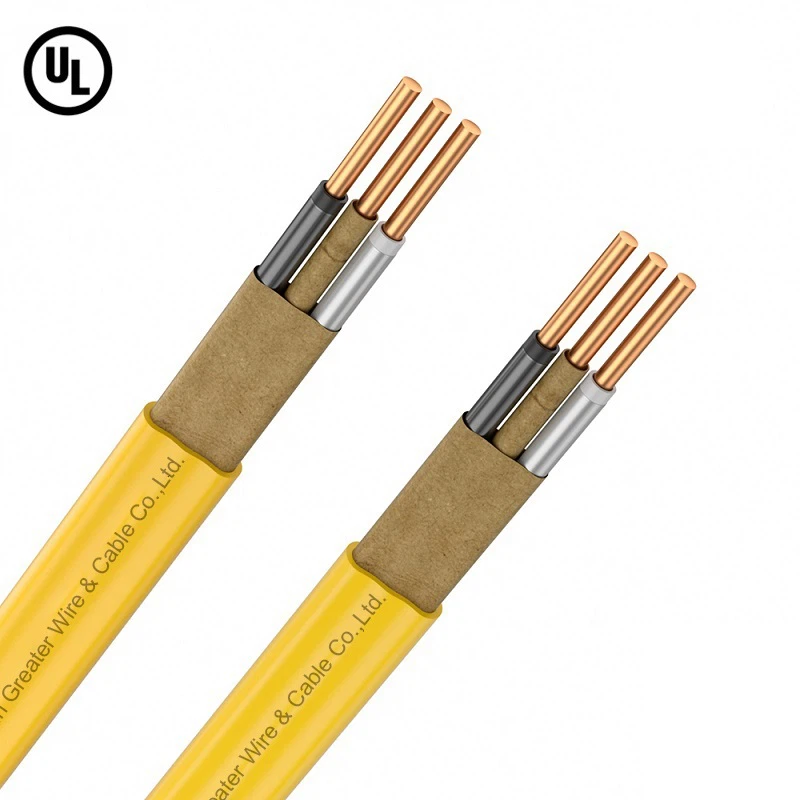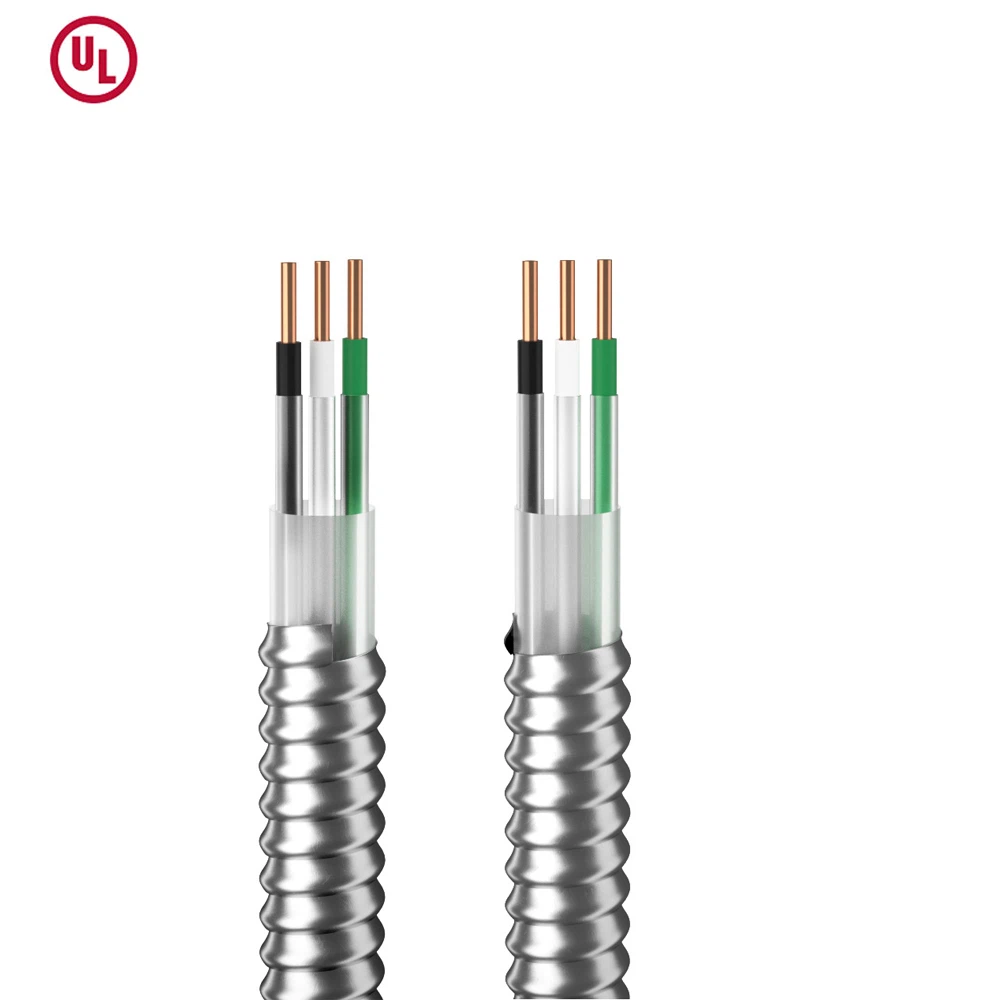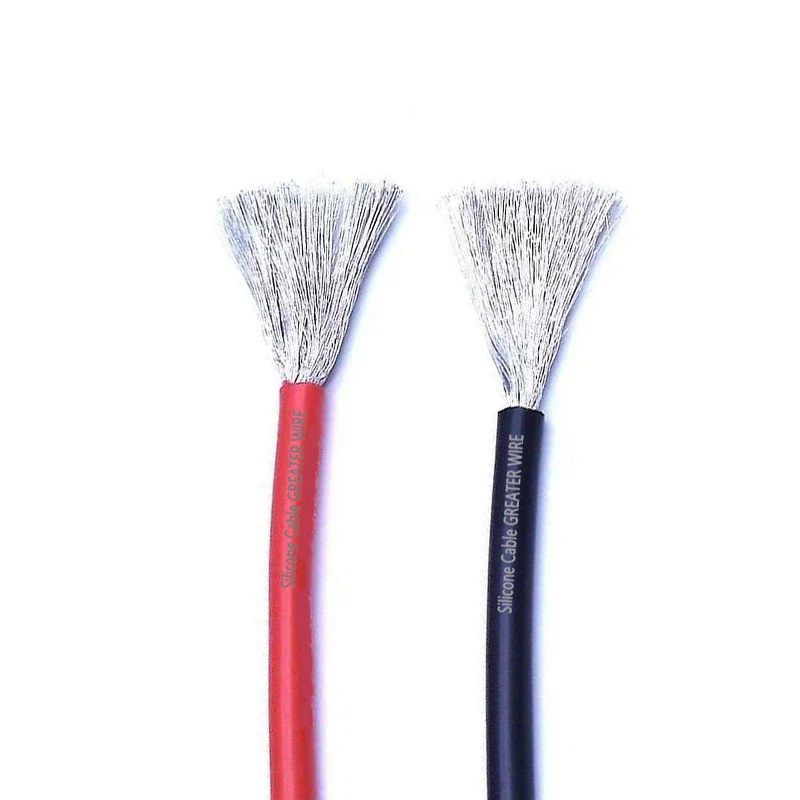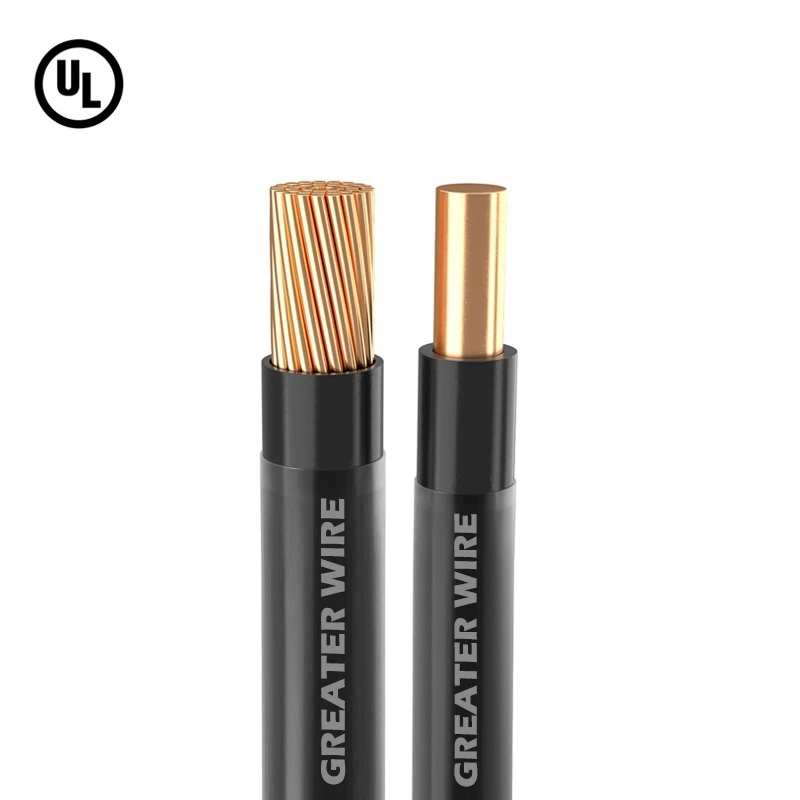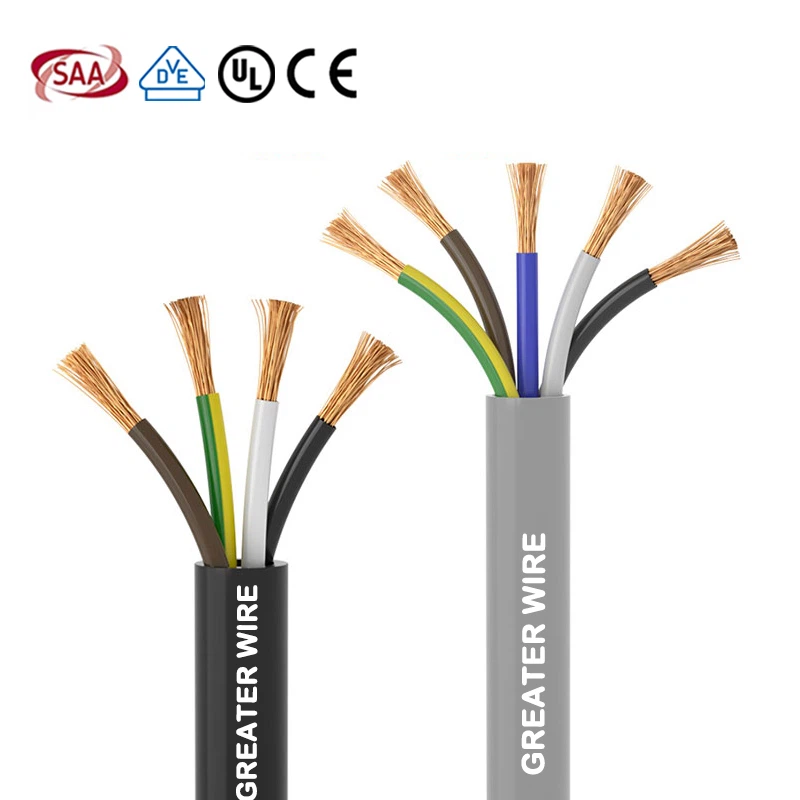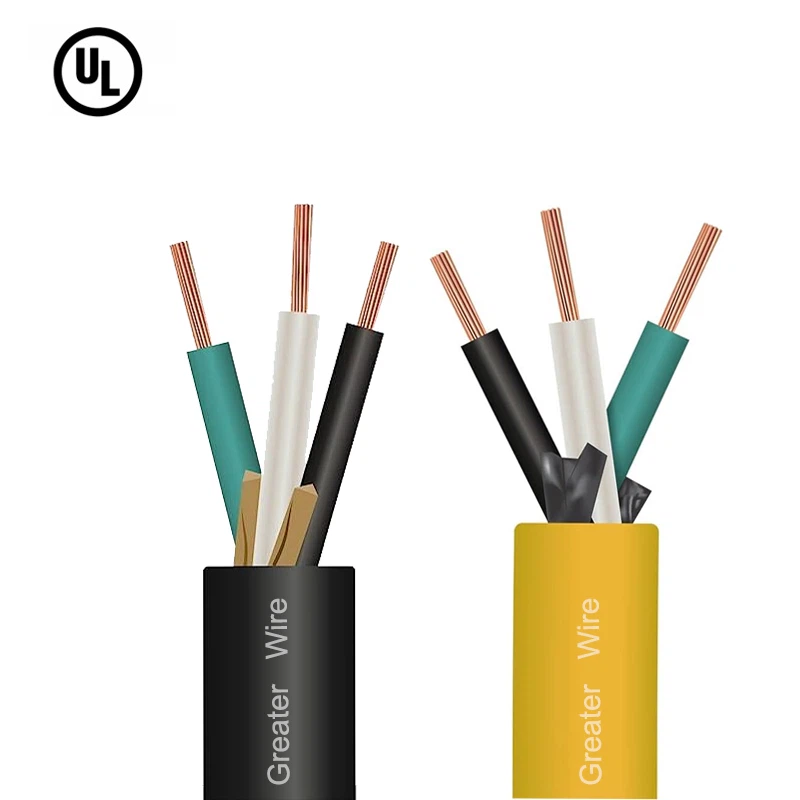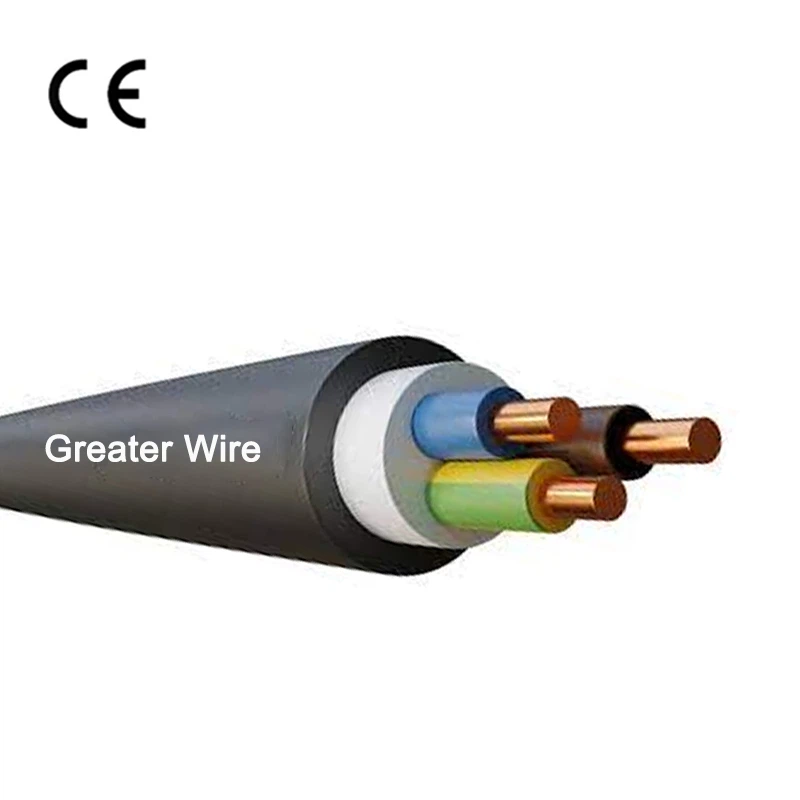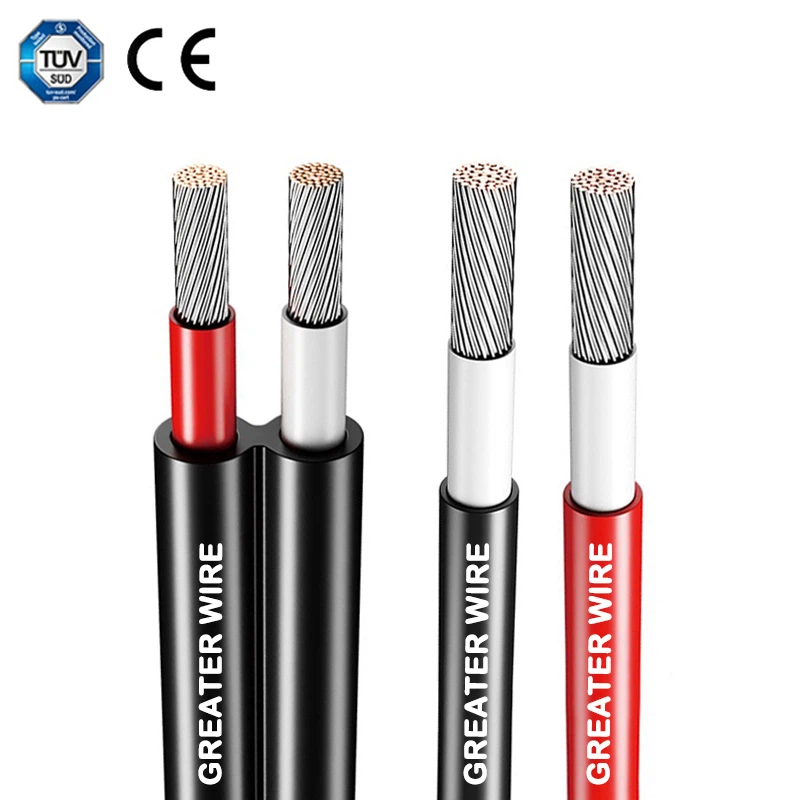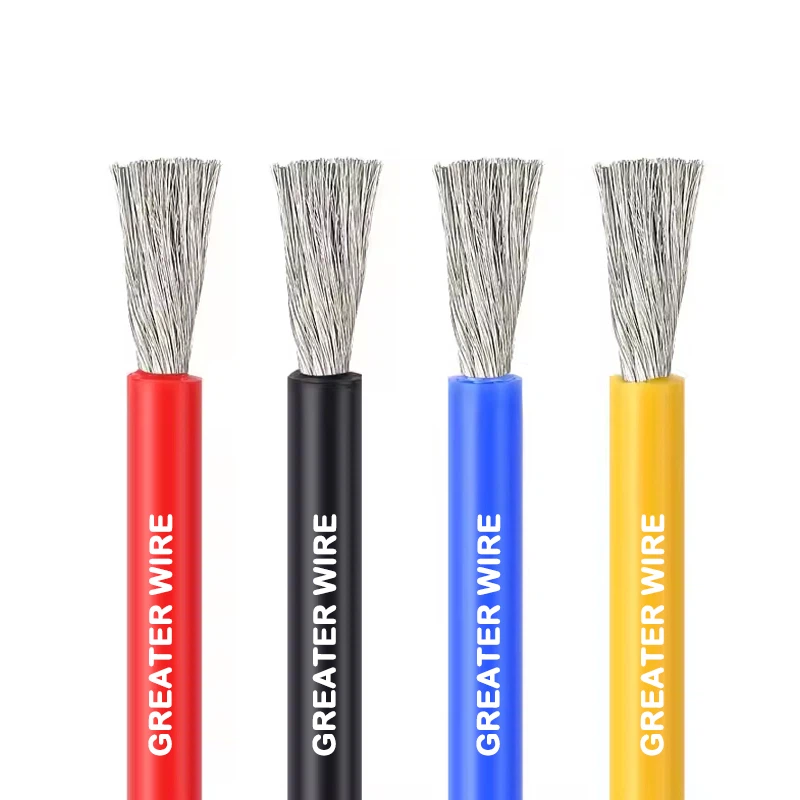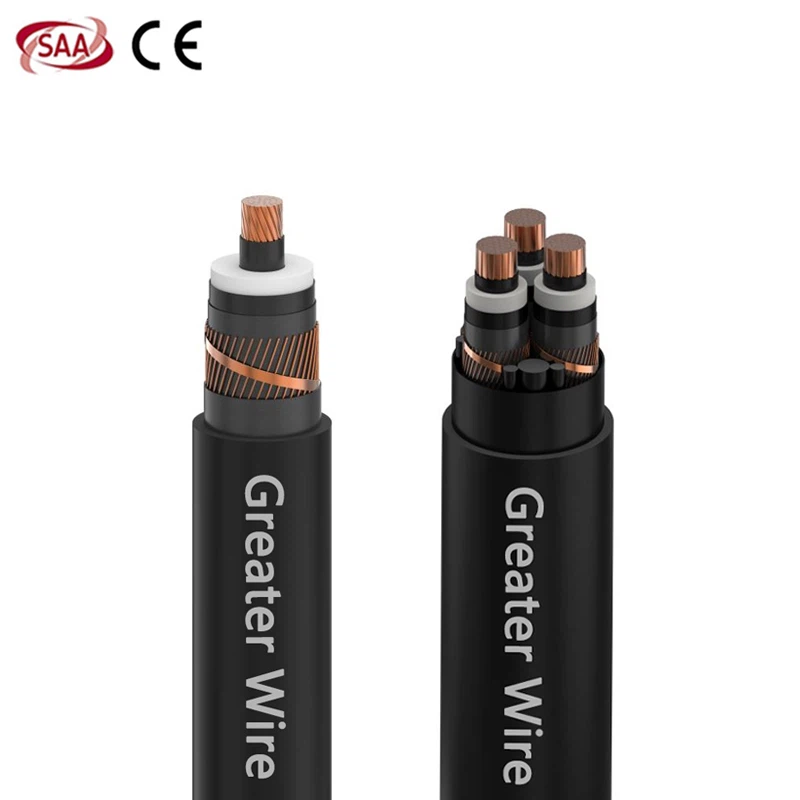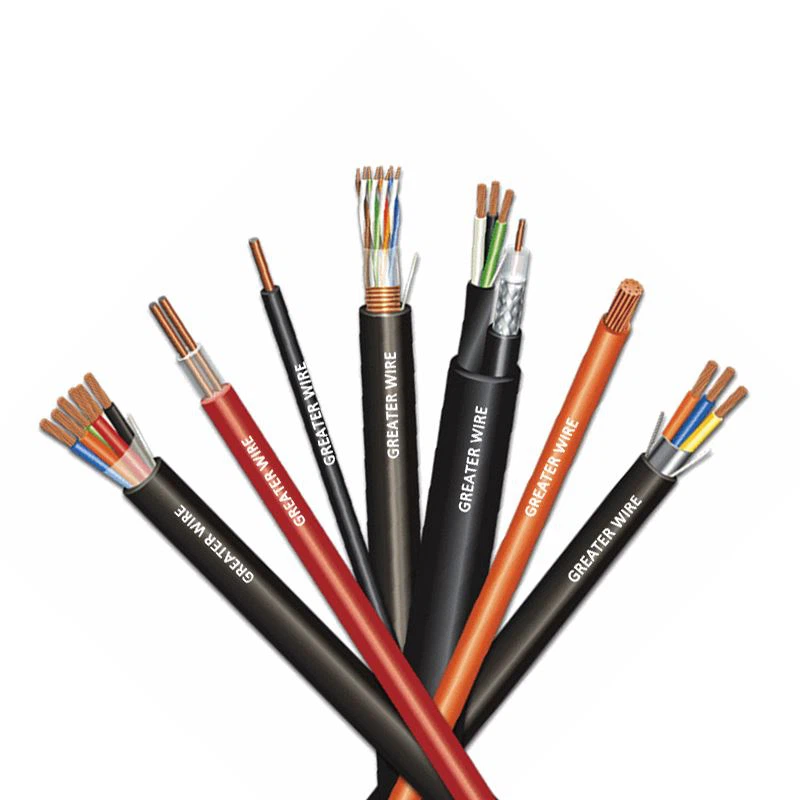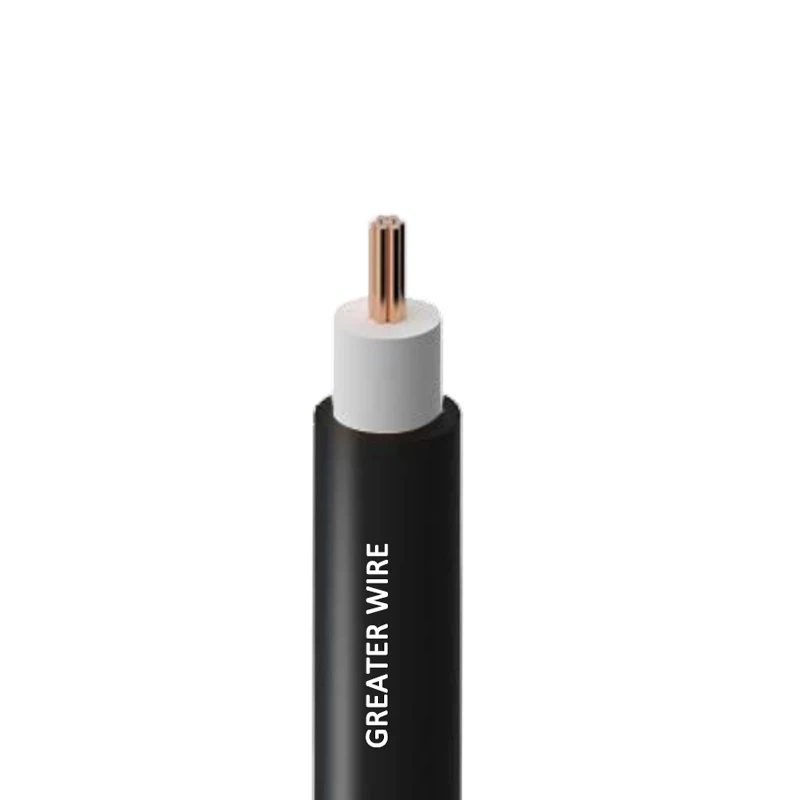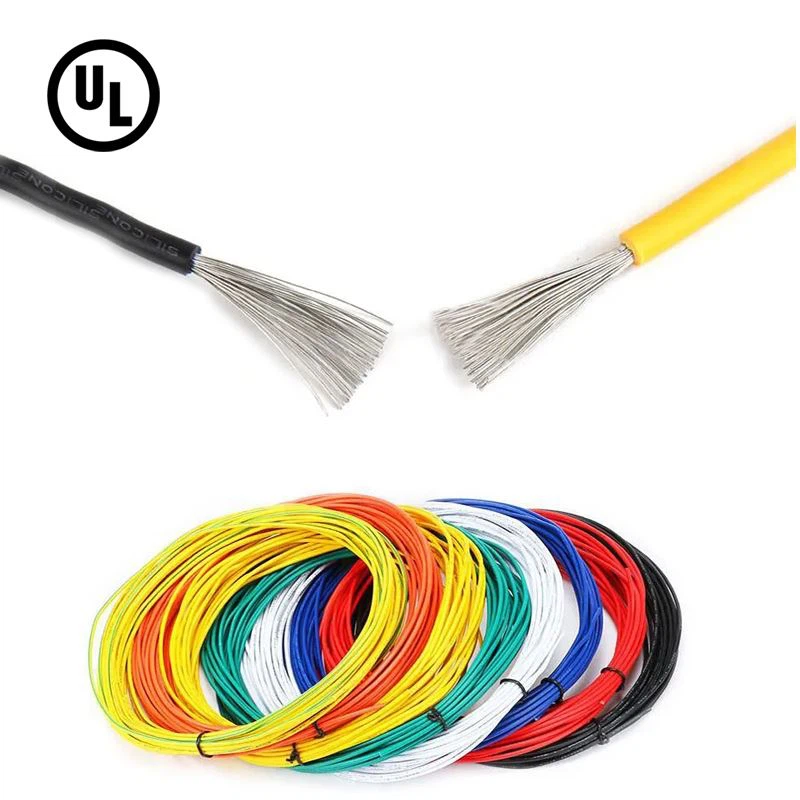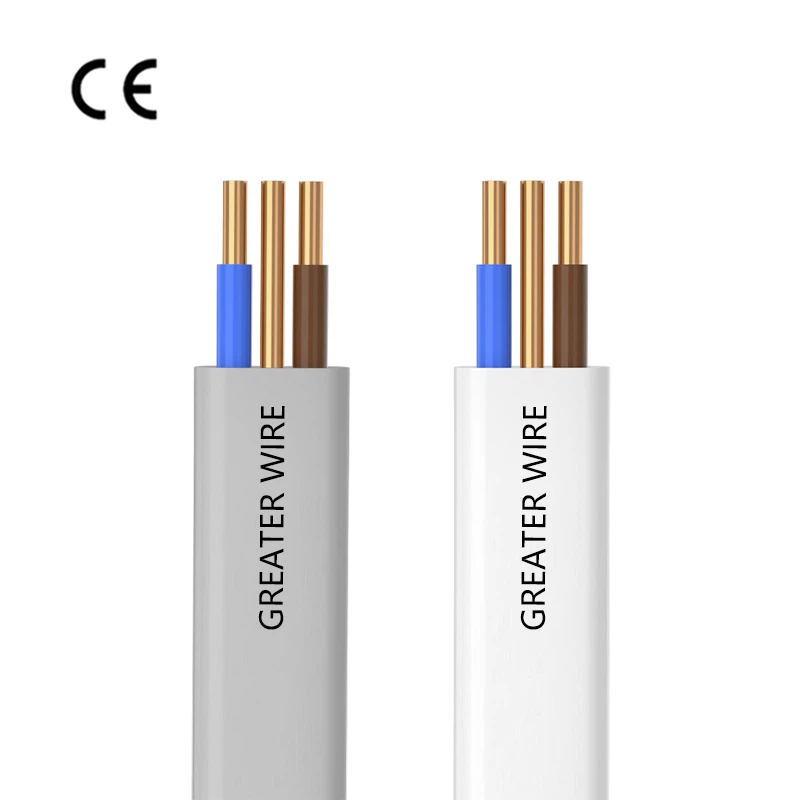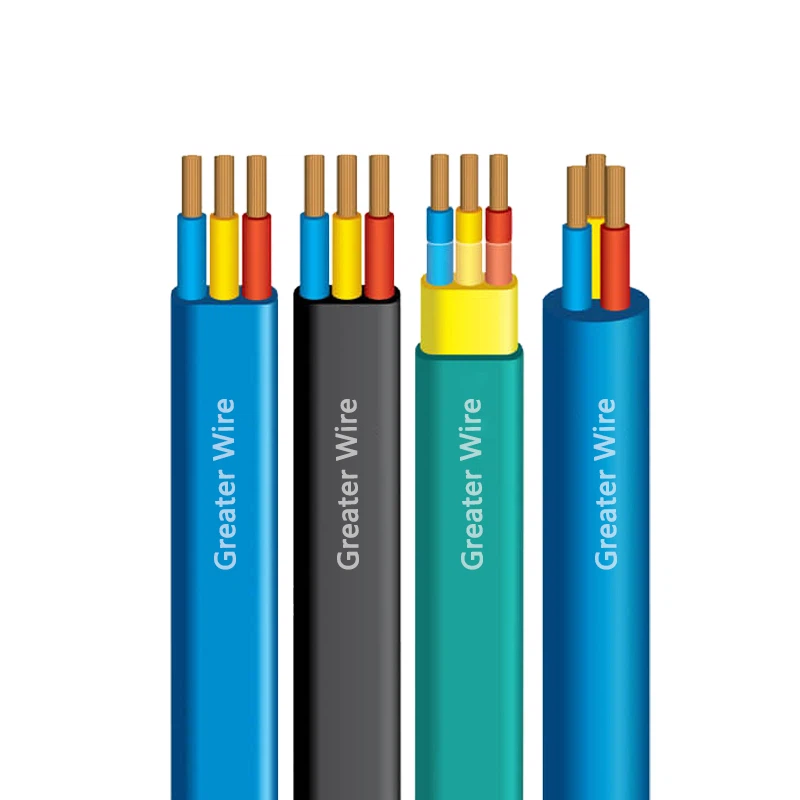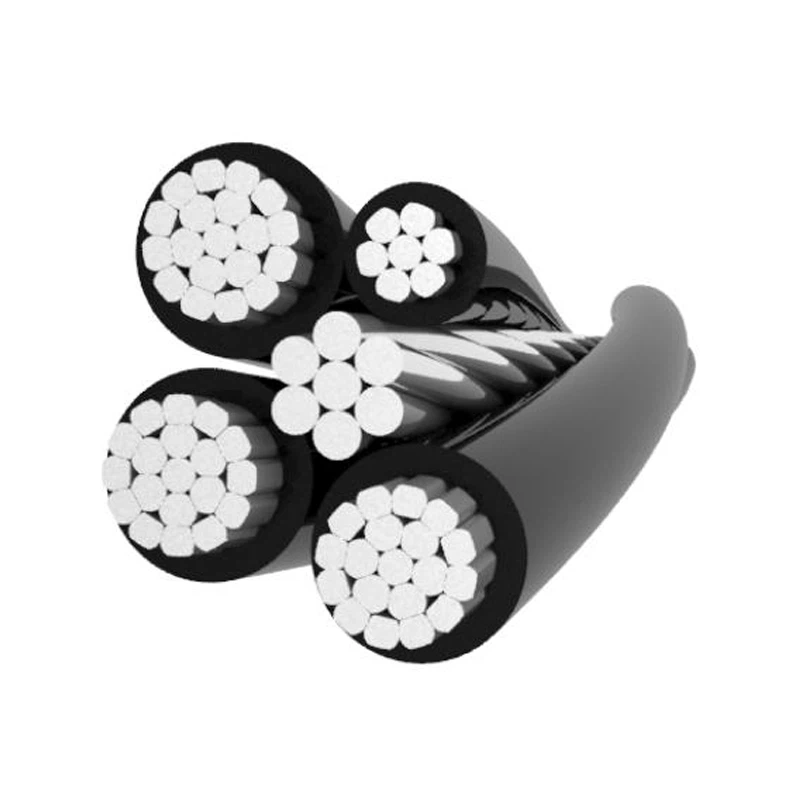When designing or installing a solar power system, choosing the right solar cables is crucial for system efficiency and safety. The solar cable connects the various components of the system, such as the solar panels, inverter, and battery. Among the many available options, the 2.5 mm solar cable is one of the most commonly used sizes for both residential and small commercial solar installations. In this article, we will delve into the current rating of a 2.5 mm solar cable, its applications, and the key factors to consider when choosing the right cable for your solar power system.
The Basics of Solar Cables
Before we dive into the specifics of 2.5 mm solar wire, it's important to understand the role of solar cables in a photovoltaic (PV) system. Solar cables are designed to carry the electrical current generated by solar panels to the inverter, and in some cases, to a battery bank or the grid. These cables must meet specific performance and safety standards to ensure the system operates reliably and safely.
The current rating of a solar cable is a crucial parameter, as it indicates the maximum amount of current the cable can safely carry without overheating or causing electrical hazards. The current rating is determined by factors such as the wire's size, material (usually copper), and insulation type.
What is the Current Rating of 2.5 mm Solar Cable?
The current rating of a 2.5 mm solar cable is typically around 20-25 amps for direct current (DC) applications. This value can vary slightly depending on the specific insulation material used and the ambient temperature where the cable is installed. However, for most residential solar systems, a 2.5 mm solar cable is well-suited to carry the current generated by solar panels, especially in low-to-moderate current scenarios.
Factors Affecting the Current Rating:
Cable Material:
Copper cables, which are the most common type used for solar systems, have better conductivity and can carry more current than cables made from other materials, such as aluminum.
Insulation Type:
The insulation around a solar cable can influence its current-carrying capacity. Common insulation materials include cross-linked polyethylene (XLPE) and thermoplastic elastomer (TPE), both of which are highly resistant to UV radiation, temperature fluctuations, and physical wear.
Ambient Temperature:
The current rating of the solar wire can be derated (reduced) if the cable is installed in high-temperature environments. Higher temperatures increase the resistance of the cable, which can cause it to overheat if too much current is passed through it.
Cable Length:
The longer the solar cable, the higher the voltage drop will be, which in turn affects the amount of current the cable can carry over long distances. For very long cable runs, a thicker cable may be necessary to minimize power loss.
Installation Environment:
The way the solar cable is installed can impact its current rating. For example, cables that are run through conduits or buried underground might experience additional resistance or heat buildup compared to cables installed in open air.
When to Use a 2.5 mm Solar Cable
The 2.5 mm solar cable is commonly used in various applications, particularly for residential solar systems and systems with relatively low current requirements. Here are some specific scenarios where this cable size is ideal:
1. Small Residential Solar Systems
For small residential systems, 2.5 mm solar wire is a popular choice for connecting solar panels to the inverter or charge controller. The typical current for residential solar panels ranges between 6-10 amps, so a 2.5 mm solar cable with a 20-25A current rating is more than sufficient to handle this load.
2. Low Power DC Circuits
In small off-grid systems, where the solar panels are connected directly to batteries via a charge controller, 2.5 mm solar cables are a practical solution. They are capable of handling the moderate current involved in such systems while remaining flexible and easy to work with during installation.
3. Shorter Cable Runs
The 2.5 mm solar cable is suitable for shorter cable runs between solar panels and the inverter. If the distance between components is relatively short (typically under 10 meters), 2.5 mm cables can handle the power transmission with minimal voltage drop and power loss.
4. Parallel Connections
In a solar panel array, multiple panels are often connected in parallel to increase the total current. In these cases, 2.5 mm solar cables are typically used to connect individual strings of solar panels, where the total current is still within the cable's rated capacity.
Advantages of Using 2.5 mm Solar Cable
There are several advantages to using 2.5 mm solar cables in small to medium-sized solar systems. These include:
1. Cost-Effectiveness
2.5 mm solar cables are relatively inexpensive compared to larger gauge cables. For residential solar systems where current requirements are moderate, this size provides a good balance between cost and performance.
2. Easy to Handle and Install
2.5 mm solar cables are more flexible and lighter than thicker cables, making them easier to handle, route, and install. This is particularly beneficial in DIY solar installations or for systems where the installer needs to navigate tight spaces.
3. Suitable for Moderate Power Needs
For systems with lower power requirements, the 2.5 mm solar cable is more than sufficient to carry the required current. This makes it ideal for small homes, cabins, and off-grid systems where the power generation is not massive.
When Not to Use 2.5 mm Solar Cable
While 2.5 mm solar cables are versatile and suitable for many solar applications, there are cases where they may not be the best choice. Here are some situations where you might need to consider a larger cable size:
1. High Current Systems
For larger systems, such as commercial solar installations or off-grid systems with a high power output, 2.5 mm solar cables may not be sufficient to carry the required current. In these cases, a larger cable, such as 4 mm, 6 mm, or even 10 mm cables, may be necessary to prevent overheating, voltage drop, and to ensure the system operates safely.
2. Long Cable Runs
If the distance between your solar panels and the inverter is long (over 10 meters), the voltage drop will become more significant, and a larger gauge cable may be required to minimize this effect. Thicker cables can carry more current over longer distances without a significant loss in voltage.
3. Systems with Higher Voltage
If you are working with a high voltage solar system, such as a 1000V or 1500V system, you may need cables that can handle higher voltages as well as increased current. In these scenarios, you would typically require cables with thicker insulation and larger wire sizes to ensure safety and optimal performance.
How to Calculate the Right Cable Size for Your System
When selecting solar cables, it's important to understand how to calculate the appropriate cable size based on several factors. Here's a step-by-step guide to help you choose the right size for your system:
1. Calculate the Maximum Current:
The first step is to calculate the maximum current your system will produce. This can be done by dividing the solar panel wattage by the voltage. For example, if you have a 300W solar panel and the system voltage is 12V, the current would be:
Current=PowerVoltage=30012=25 amps\text{Current} = \frac{\text{Power}}{\text{Voltage}} = \frac{300}{12} = 25 \text{ amps}Current=VoltagePower=12300=25 amps
2. Consider the Length of the Cable Run:
For long cable runs, you may need to increase the wire size to reduce voltage drop. Voltage drop is the loss of energy due to resistance in the wire, which increases with longer distances. Use an online calculator or the voltage drop formula to determine the cable size needed for your specific installation.
3. Check the Voltage Rating:
Ensure that the solar cable you choose is rated for the voltage of your system. For example, if you are using a 600V system, ensure that your solar wire has an appropriate insulation rating for 600V or higher.
4. Select the Right Insulation Material:
Choose solar cables with the appropriate insulation type for outdoor use. XLPE and TPE insulation materials offer high resistance to UV radiation, water, and temperature extremes.



